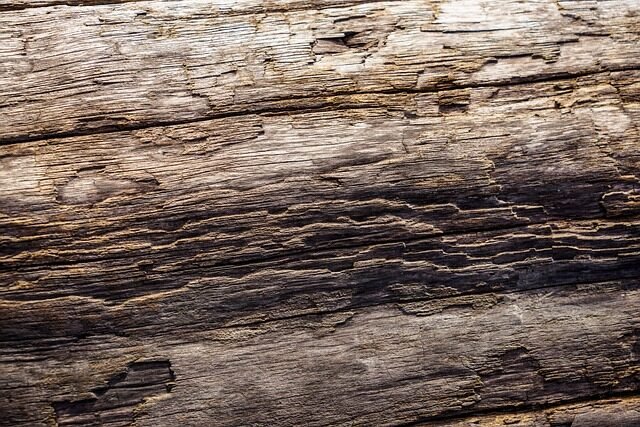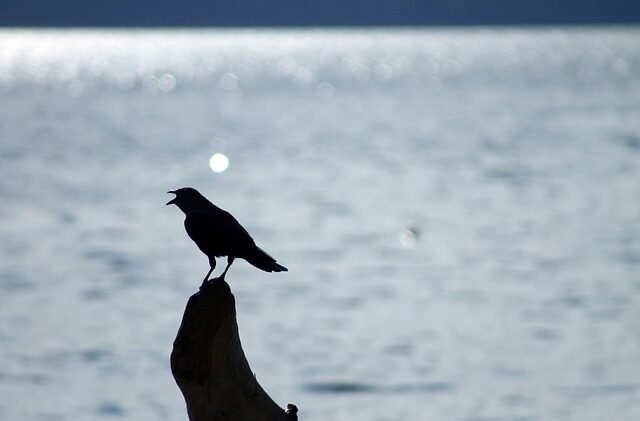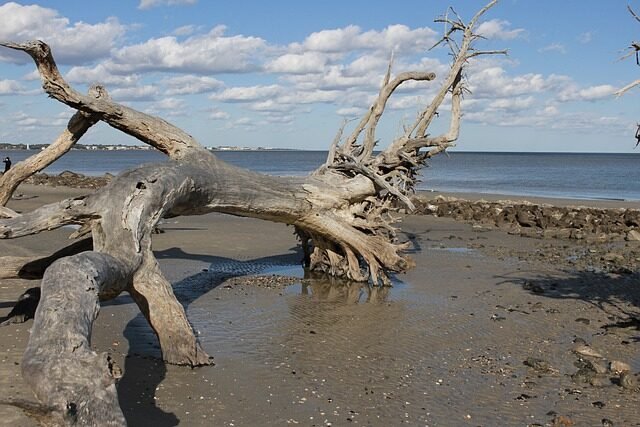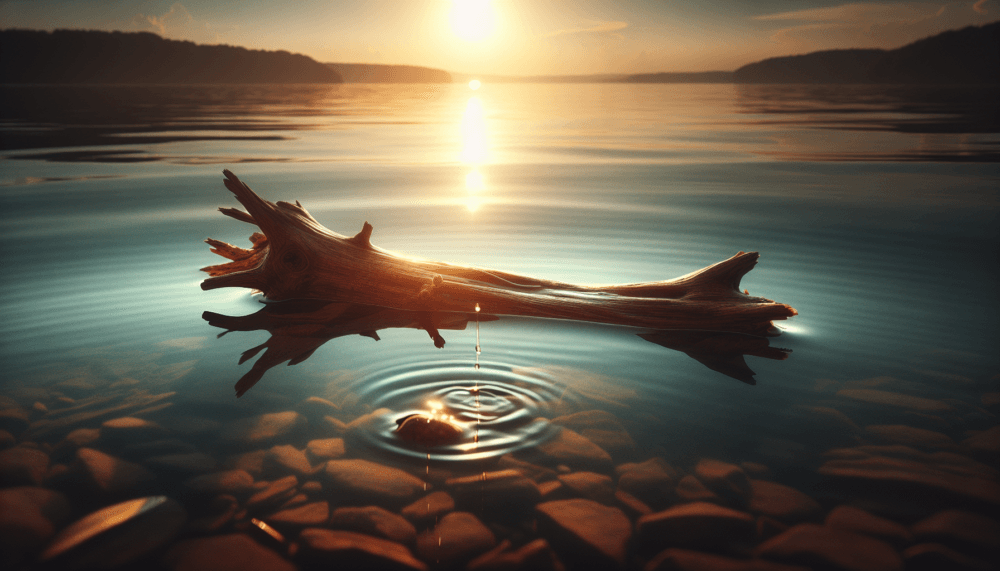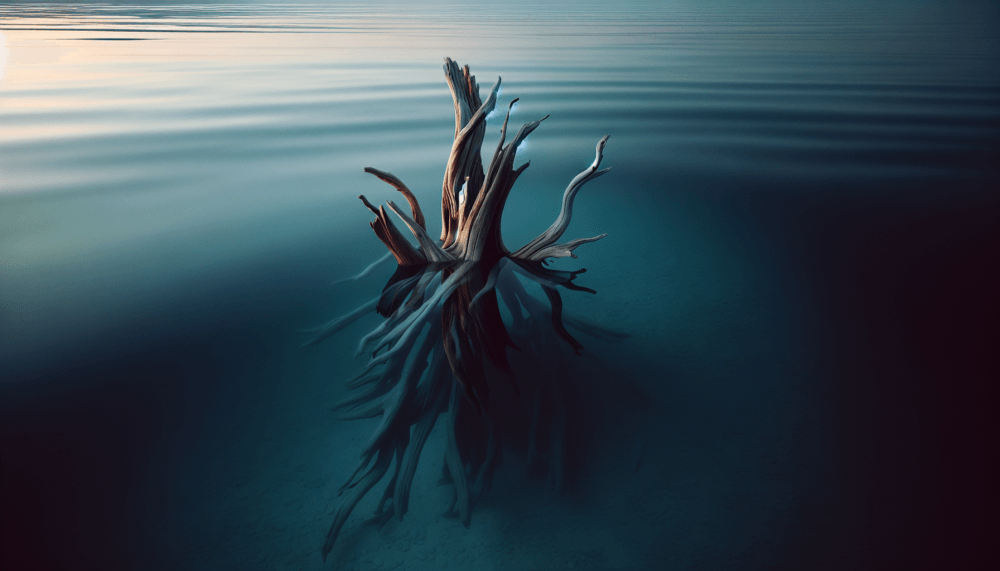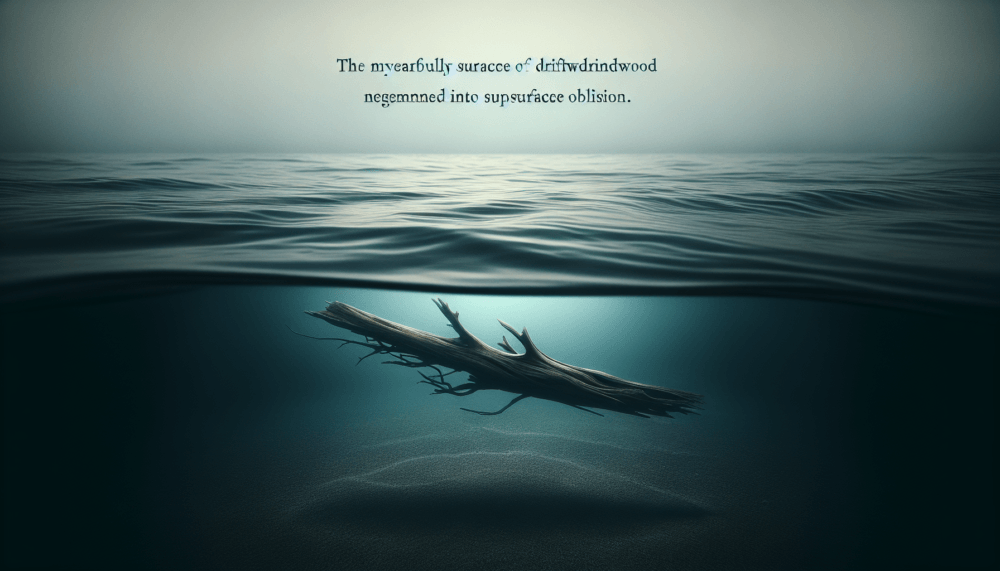Have you ever wondered how long it takes to boil driftwood? Well, look no further because this article will provide you with all the answers! Whether you’re a seasoned driftwood enthusiast or a curious beginner, we’ve got you covered. In this article, we will explore the popular Reddit community and its wealth of information on this intriguing topic. So, grab a cup of tea and let’s dive into the world of boiling driftwood on Reddit!
Preparing Driftwood for Aquarium Use
If you’re considering adding driftwood to your aquarium, it’s important to take the necessary steps to prepare it properly. Boiling driftwood is a common method used to remove any impurities and make it safe for aquatic environments. This comprehensive article will guide you through the process of preparing driftwood for aquarium use, providing safety precautions and helpful tips along the way.
Why Boil Driftwood?
Boiling driftwood serves several purposes. Firstly, it helps to eliminate any potential harmful bacteria, parasites, or pests that might be present on the wood. Secondly, boiling removes tannins from the driftwood, which can cause water discoloration and affect the pH level. Lastly, it softens the wood, making it less likely to break or deteriorate in your aquarium. Boiling driftwood is an essential step to ensure a healthy and aesthetically pleasing environment for your aquatic inhabitants.
Safety Precautions
Before diving into the process of boiling driftwood, it’s crucial to take some safety precautions. Avoid using driftwood from unknown sources, as it may have been treated with chemicals or exposed to harmful substances. Additionally, always use gloves when handling driftwood to protect your hands from any potential irritants or splinters. Lastly, ensure you have adequate ventilation in the boiling area to prevent inhaling any fumes that may be released during the process.
Choosing the Right Driftwood
Not all driftwood is suitable for aquarium use. It’s important to choose the right type of driftwood that will complement your aquarium and benefit the aquatic ecosystem. Look for driftwood that is solid, without any signs of rotting or decay. Avoid using driftwood with sharp edges or protrusions that may harm your fish or damage their delicate fins. Additionally, consider the size and shape of the driftwood, ensuring it fits well within your aquarium and provides enough hiding places for your aquatic inhabitants.
Materials Needed
To properly prepare driftwood for aquarium use, gather the following materials:
- Driftwood: Ensure it is clean and free from any dirt, sand, or debris.
- Pot or large container: Choose a container that can comfortably accommodate the size of the driftwood.
- Water: Sufficient amount to fully submerge the driftwood.
- Stove or heat source: A reliable heat source to boil the water.
- Scrub brush: Use a brush with stiff bristles to clean the driftwood.
- Timer: Keep track of the boiling time.
- Water testing kit: To monitor water parameters after boiling.
Step 1: Soaking the Driftwood
Before boiling, it’s essential to soak the driftwood to remove any dirt or impurities. Fill a large container with water and fully submerge the driftwood, ensuring it is completely covered. Let it soak for at least 24 hours, changing the water every few hours to remove any tannins released by the wood. Soaking helps to soften the driftwood, making it easier to clean and reducing the boiling time required.
Step 2: Scrubbing the Driftwood
Once the driftwood has been soaked, remove it from the water and give it a thorough scrubbing. Use a scrub brush with stiff bristles to clean the surface of the wood, removing any stubborn stains or algae buildup. Pay extra attention to any crevices or grooves, ensuring they are free from debris. Rinse the driftwood thoroughly under running water to remove any loosened dirt or particles.
Step 3: Boiling the Driftwood
After soaking and cleaning, it’s time to boil the driftwood. Fill a pot or large container with enough water to fully submerge the driftwood. Place the container on a stove or heat source and bring the water to a boil. Once the water is boiling, carefully add the driftwood and let it boil for an appropriate amount of time, depending on the factors that affect boiling time (discussed in the next section). Keep a timer handy to monitor the boiling duration.
Step 4: Assessing Water Discoloration
During the boiling process, you may notice that the water becomes discolored. This is due to the release of tannins from the driftwood. Tannins can give the water a brownish or yellowish tinge, affecting the clarity and pH level. Monitor the water color during boiling and check for any excessive discoloration. If the water turns excessively dark, it may be necessary to repeat the boiling process or consider alternative methods to reduce tannin release.
Step 5: Repeating the Process
After boiling, you may find that some tannins still remain in the driftwood or water. If this is the case, repeat the boiling process for an additional period of time. This will help to further remove any remaining impurities and reduce tannin release. Remember to monitor the water color and quality throughout the process, adjusting the boiling time as needed. It’s important to achieve clear and balanced water before introducing the driftwood into your aquarium.
Alternative Methods
While boiling is the most common method for preparing driftwood, there are a few alternative methods you can consider. One such method is soaking the driftwood in a water and bleach solution, followed by extensive rinsing. However, this method should only be used as a last resort and with caution, as bleach can be toxic to aquatic life if not completely rinsed off. Another alternative is using chemical treatments specifically designed to remove tannins and impurities from driftwood. These treatments should be used according to the manufacturer’s instructions and in a well-ventilated area.
Factors Affecting Boiling Time
Several factors can influence the boiling time required for driftwood. It’s important to understand these factors to ensure the effective preparation of your driftwood for aquarium use.
Size and Thickness of Driftwood
The size and thickness of the driftwood play a significant role in determining the boiling time. Thicker and larger pieces of driftwood generally require a longer boiling duration to thoroughly remove impurities and tannins. As a general guideline, smaller and thinner pieces of driftwood will require less time to boil compared to their larger counterparts.
Type and Species of Driftwood
Different types and species of driftwood may have varying densities and compositions, affecting the boiling time. Hardwood driftwood typically takes longer to boil compared to softwood driftwood. The type and species of the driftwood can also determine the amount of tannins released during boiling, influencing water discoloration and pH levels.
Amount of Tannins Present
The amount of tannins present in the driftwood can impact the boiling time. Driftwood with a higher tannin content will require longer boiling durations to extract and remove the tannins from the wood. Tannins contribute to water discoloration, and the more tannins present, the longer it may take to achieve clear water.
Water Hardness and pH Level
The hardness of your water and its pH level can influence the boiling time needed for driftwood preparation. Softer water and lower pH levels tend to dissolve tannins more easily, requiring less boiling time. On the other hand, harder water and higher pH levels may require additional boiling time to effectively remove tannins and achieve the desired water quality.
Temperature and Altitude
The boiling time can be affected by the temperature at which you boil the driftwood and the altitude at which you are located. Boiling at higher temperatures or at higher altitudes may require shorter boiling times to achieve the same results. It’s important to adjust the boiling time accordingly based on your specific circumstances.

Average Boiling Times for Driftwood
While the exact boiling time for driftwood will vary depending on the factors mentioned above, here are some average boiling times to serve as a general reference:
Thin and Small Pieces
For thin and small pieces of driftwood, the boiling time typically ranges from 15 to 30 minutes. Thinner driftwood is easier to heat evenly and remove impurities from, requiring less time in the boiling water.
Moderate-sized Driftwood
Moderate-sized driftwood, which is thicker and larger than small pieces, may require boiling for approximately 45 to 90 minutes. The increased thickness and size necessitate more time to thoroughly remove any impurities and tannins.
Large and Thick Driftwood
Large and thick pieces of driftwood can take significantly longer to boil compared to smaller pieces. Boiling times for large and thick driftwood can range from 1 to 2 hours or more, depending on the size, thickness, and type of wood.
Tips and Recommendations
To ensure the best results when preparing driftwood for your aquarium, consider the following tips and recommendations:
Ensure Sufficient Time for Boiling
Be patient and allow the driftwood to boil for an adequate duration. Rushing the process may result in incomplete removal of impurities and tannins, leading to water discoloration and imbalanced pH levels in your aquarium.
Monitor Water Volume and Temperature
Ensure that there is enough water in the pot or container to fully submerge the driftwood. Insufficient water volume can cause uneven boiling and may even damage the driftwood or cooking vessel. Additionally, maintain a consistent boiling temperature throughout the process for effective removal of impurities.
Consider Pre-Boiling Soaking
If you’re dealing with particularly dense or tannin-rich driftwood, consider soaking it for a longer period before boiling. Soaking helps to soften the wood and facilitate the removal of impurities and tannins during boiling. Remember to change the soak water regularly to prevent excessive tannin buildup.
Test Water Parameters Regularly
Continue to monitor water parameters throughout the process, as well as after introducing the driftwood to your aquarium. Regular testing will help you ensure that the water quality remains optimal for your fish and other aquatic inhabitants.
Add Driftwood Gradually
When adding the prepared driftwood to your aquarium, do it gradually. Leaving the driftwood in a separate container of water and slowly introducing it to your aquarium over a period of several days will minimize any potential disruptions to the water chemistry.
Observe Aquarium Inhabitants
Once the driftwood is in your aquarium, closely observe the behavior and health of your fish and other inhabitants. If you notice any signs of distress or negative effects, such as excessive hiding or changes in appetite, it may be necessary to reassess the driftwood or take further action to ensure their well-being.
Replace Driftwood When Needed
Over time, driftwood may start to deteriorate or lose its aesthetic appeal. If you notice signs of decay, breakage, or an excessive accumulation of algae, it’s wise to replace the driftwood to maintain a healthy and visually pleasing aquarium environment.
By following these comprehensive guidelines, you can successfully prepare driftwood for aquarium use. Boiling driftwood not only ensures the removal of impurities and tannins but also contributes to the overall well-being of your aquatic ecosystem. With proper preparation, your aquarium will showcase the natural beauty of driftwood while providing a safe and thriving habitat for your aquatic inhabitants.



